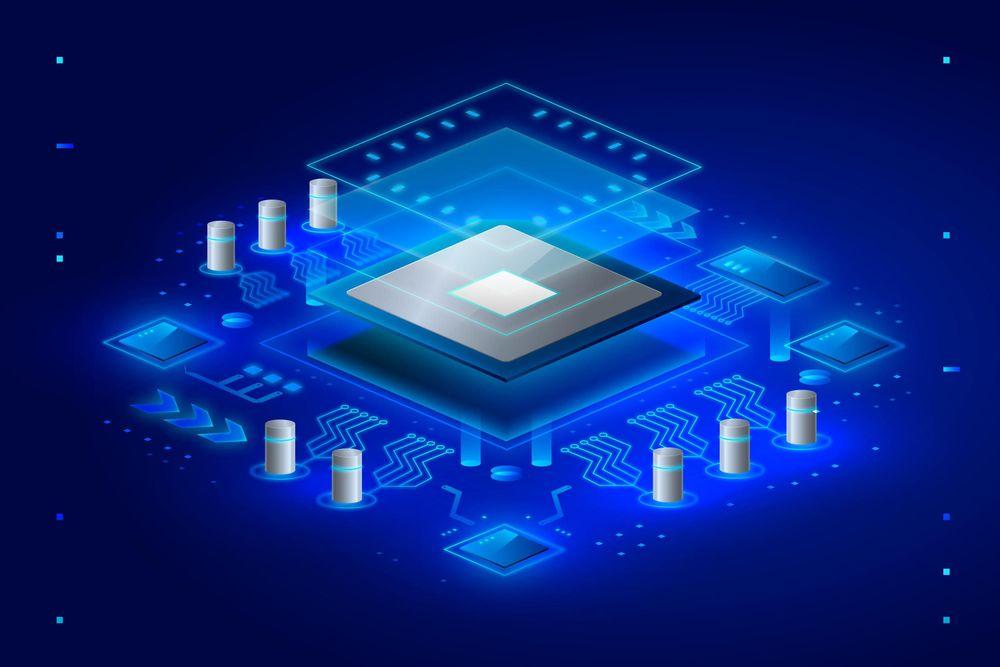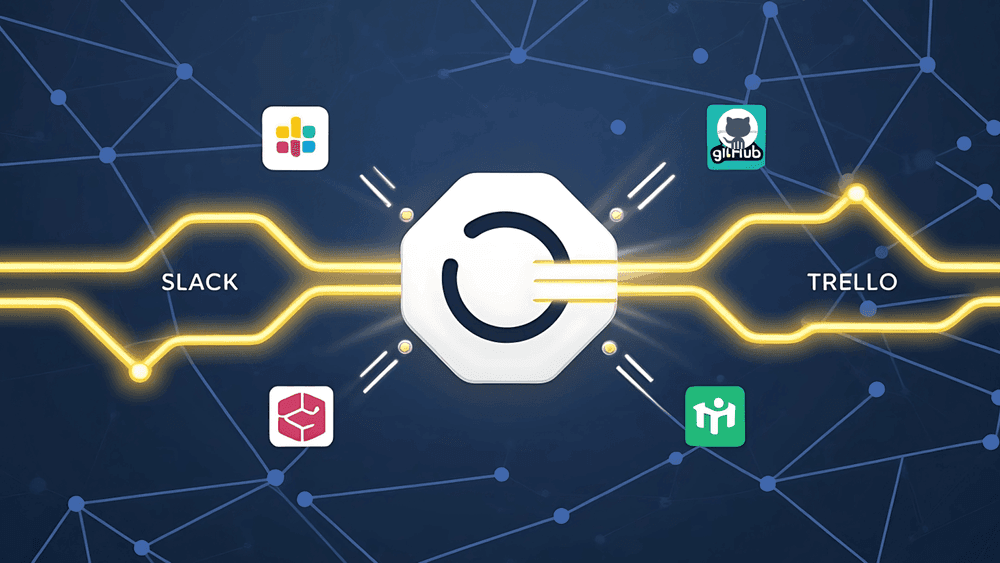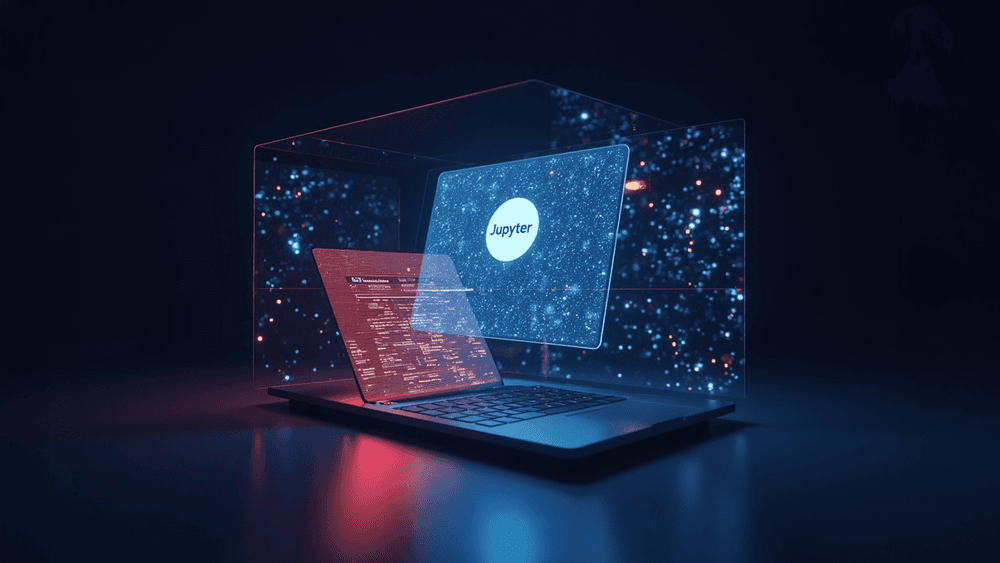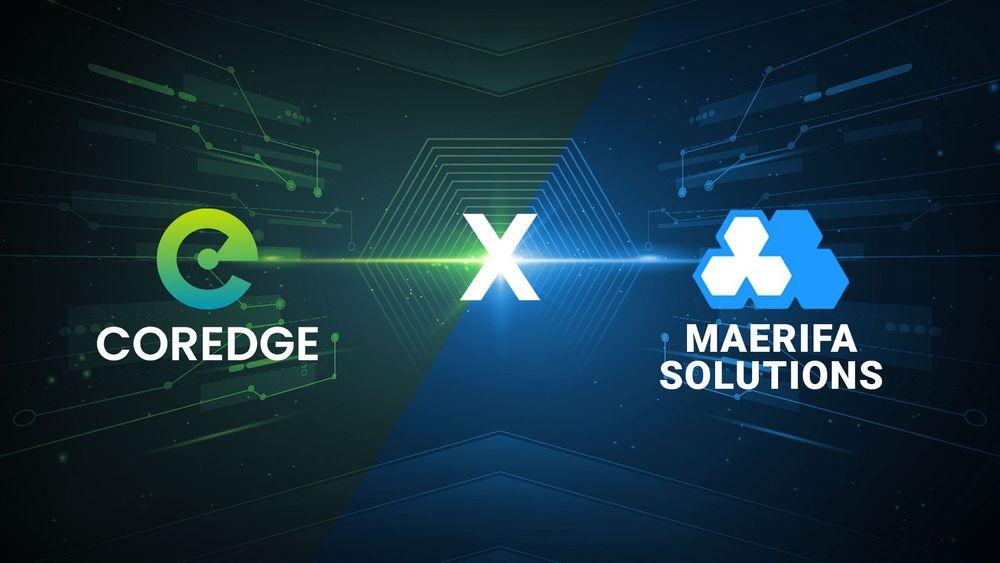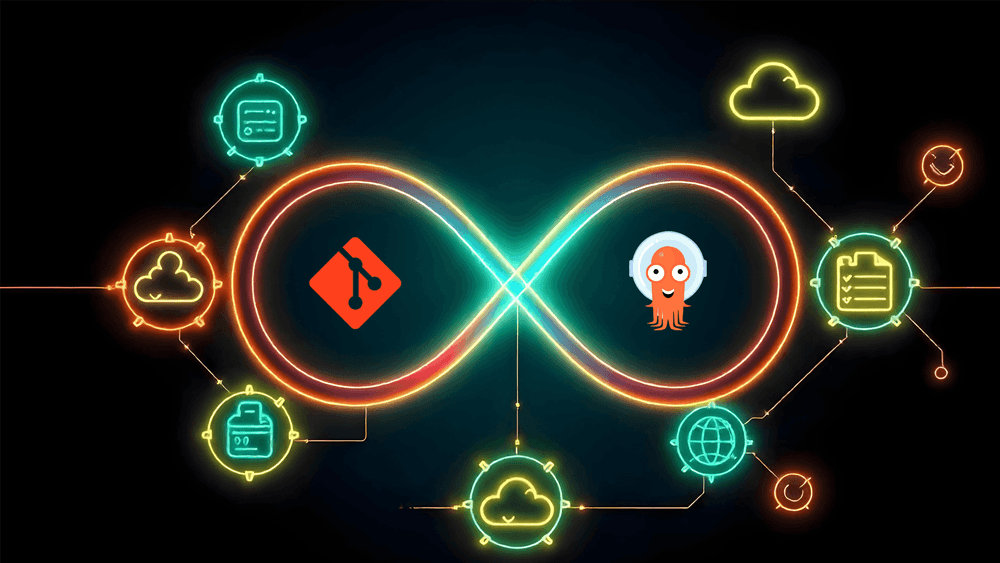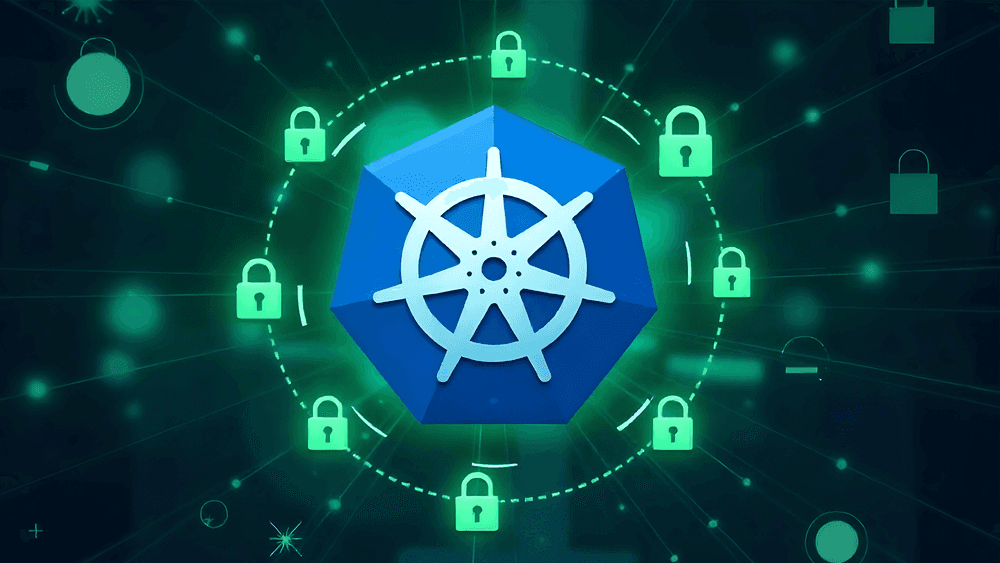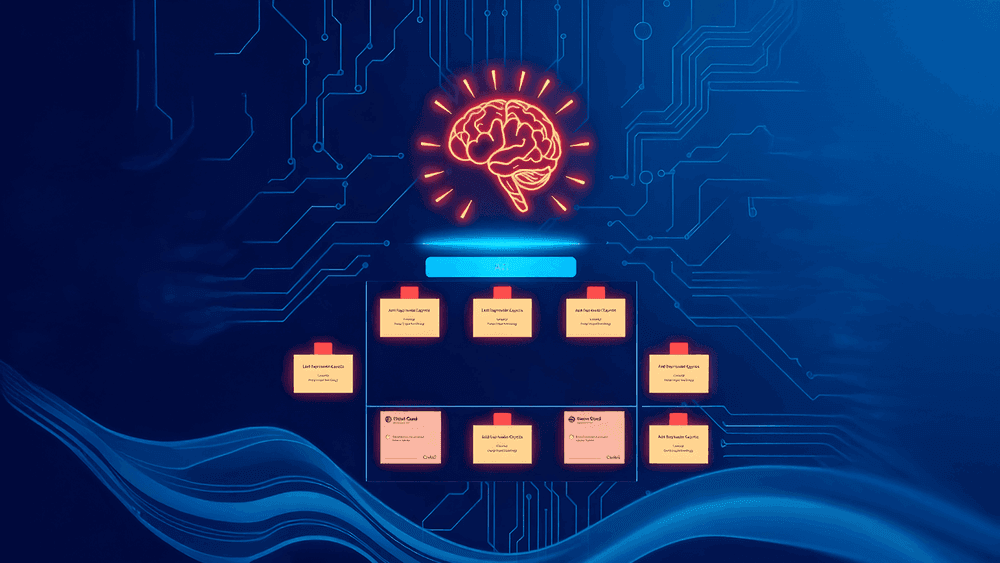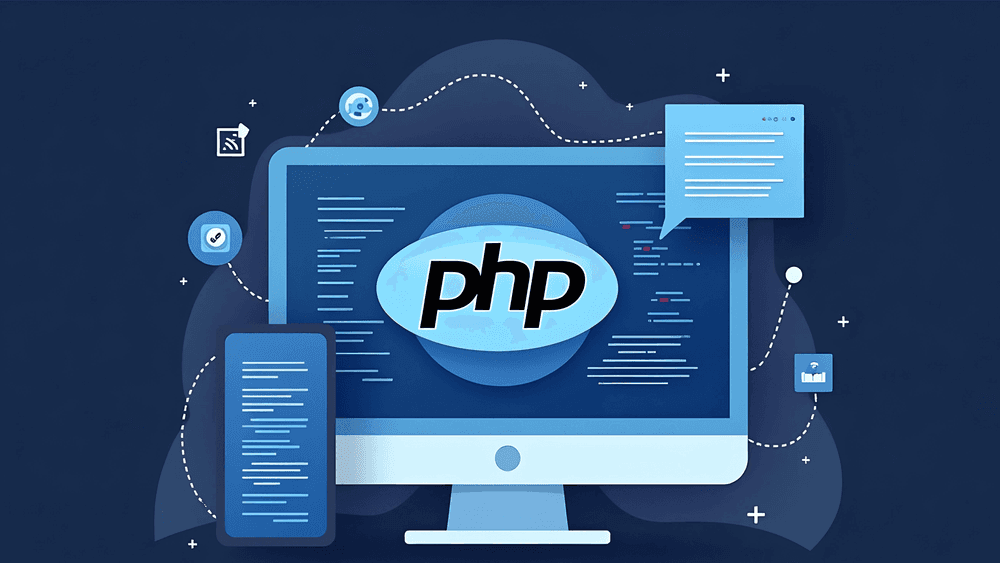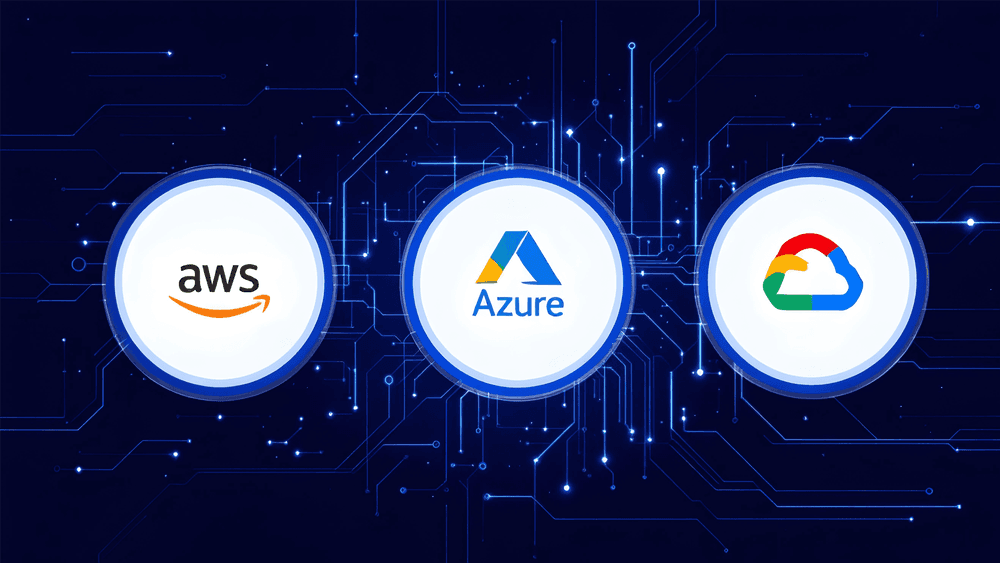Ever imagine if your entire data centre could fit into one neat little software-defined package? Sounds like a dream, right? Not exactly! It’s in existence and creating a buzz around. Well, say hello to Hyperconverged Infrastructure —or as the cool boy calls it, HCI, that’s accelerating up the IT world like a turbocharged engine. At first instance, you may wonder what this buzzword means for your business, or if it’s another buzzword tech marketers love to toss around. But trust us, it’s not just hype. Hyperconverged Infrastructure is reforming how businesses think about IT. It’s smart, streamlined, and kind of like the Swiss Army knife of infrastructure.
So, let’s break it down—what is HCI, why does it matter, and how could it be the game-changer your organisation’s been waiting for?
At
, where we’re all about AI innovation, transforming the cloud, and Kubernetes magic, HCI is a game-changer that can’t be ignored. So, have something of your choice, like popcorn (or your favourite snack), and let’s explore this tech superpower with a fun twist!
What’s Hyperconverged Infrastructure?
Hyperconverged infrastructure (HCI) is a software-defined, unified system that combines all the elements of a traditional data centre: storage, computing, networking, and management. You can picture HCI as a Swiss Army knife, the eventual all-in-one gadget for your IT needs that packs everything (computing, storage, and networking) into a single, sleek box! Unlike a conventional setup where you’ve got independent servers, storage arrays, and network gear (think of it as a bulky old toolbox), HCI solutions eliminate the complexities of traditional data centres and bundle everything together. To unify resources, it employs software-defined magic, running on standard hardware—no extravagant proprietary gear required! HCI can assist businesses in streamlining storage operations, minimising complexity, reducing costs and unlocking new performance levels, proficiency, and flexibility. HCI’s software-defined nature and flexible, scalable system also make it convenient to adapt to changing business needs, whether in on-premises data centres, private clouds, hybrid environments, or at the edge. HCI helps organisations by delivering enhanced performance, simplified management, and improved resource utilisation in meeting the demands of modern workloads while driving down costs. Need more power? Just add nodes, if you need more power, and it scales like a Lego castle growing taller! At Coredge.io , for our multi-cloud and Kubernetes solutions, we perceive this as a perfect match, streamlining how our clients in telecom and finance manage their data.
Why Hyperconverged Infrastructure Matters (A Lot)?
Now the big question: Does the significance of HCI also matter for your organisation? And should your company jump on the HCI bandwagon?
Let’s crack into the juicy benefits:
So, why should you care? HCI is like the superhero sidekick which your IT team might not be aware that it really needed! Here’s the scoop:
01.
Simplicity That Simplifies
Setting up traditional infrastructure is like building IKEA furniture without instructions—messy and frustrating" signifies the challenges and intricacies of traditional IT infrastructure compared to modern, more standardised approaches like cloud computing. HCI simplifies everything with a single interface. Like one vendor, one support contact, and one control panel. Hoping you get the idea. It’s plug, play, and scale!
02.
Scalability That Rocks
With HCI, if you need more resources to handle growth, you just need to add another node. Picture-perfect for businesses scaling faster than a viral TikTok trend. No forklift upgrades, no massive overhaul. Impeccable for fast-growing startups or enterprises that need agility. Coredge.io clients love this for their mounting cloud workloads!
03.
Cost-Effective (a.k.a. Budget-Friendly)
Let’s be honest: cost always matters a lot. HCI significantly reduces capital expenses, operational costs, and savings on power and space. According to a 2023 IDC report that indicated companies saved up to 30% on IT expenses, music to any CFO’s ears, and the finance team might smile for once.
04.
Built-In Resilience and Security
With built-in fault tolerance, disaster recovery, security and data protection, HCI keeps your systems humming even if a node crashes. It’s like having a backup superhero ready to leap in—no drama, no downtime. In a world where ransomware is prowling behind every corner, resilience isn’t just nice to have—it’s indispensable. At Coredge.io , we’ve seen HCI slash deployment times significantly by a great margin (%) for a Japanese tech giant—proof it’s a winner!
Real-Life Use Cases of HCI

Wondering where the use is? Here are a few common scenarios where HCI fits in
- Edge computing: Compact, scalable, and perfect for remote locations.
- VDI (Virtual Desktop Infrastructure): Smooth performance, simplified management.
- Dev/Test environments: Without breaking a sweat, spin up and tear down workloads
- Private cloud deployment: Build your cloud, your way.
Bonus? At Coredge.io , we’re realising more and more organisations use HCI as the foundation for sovereign cloud initiatives and hybrid/multi-cloud strategies. Flexibility is the name of the game.
Challenges: The Villains in the Mix
Every performer faces a tough crowd, right? HCI isn’t flawless. If you’re migrating from legacy systems, initial setup costs can sting you heavily, and it might be overkill for small setups—think using a jetpack for a stroll! Plus, vendor lock-in with some HCI solutions (e.g., Nutanix or Dell VxRail) can limit flexibility. At Coredge.io , we’d pair HCI with our open-source Kubernetes expertise to get out of these traps, ensuring our clients stay agile and secure. Another problem is performance tuning — you might hit a sour note if you get it wrong. But with our advanced orchestration, we’ve got the tuning skills to keep the music playing!
Why Coredge.io Is Hyped About HCI?
At Coredge, we’re all about simplifying cloud-native infrastructure, and HCI is a natural fit for the mission of Coredge.io . Our multi-cloud management and AI-driven platforms prosper with HCI’s unified approach, powering everything from edge computing to sovereign AI solutions. Imagine integrating HCI with our Cloud Orbiter for backup and recovery—faster, smarter, and more resilient! For our clients, this means reduced downtime, lower costs, and a tech edge in 2025. We’ve already helped a telecom provider cut latency by 25% with HCI. It’s all about delivering value, and HCI is our secret sauce.
is a core piece of the puzzle, whether it’s assisting telcos with edge deployments, enabling sovereign cloud models, or building hyper-scalable platforms. We’ve seen firsthand how it reduces friction, accelerates innovation, and helps teams focus on building.

Conclusion: Is HCI Your Next Move?
As we roll into 2025, Hyperconverged Infrastructure isn’t just a tech trend, it is evolving faster than a trending meme. It’s about doing more with less, scaling smarter, and simplifying the complex—it’s a mindset shift. The opportunities are endless with AI and machine learning optimising resource use, and 5G boosting edge HCI. At Coredge.io , we’re excited to lead this charge, blending HCI with our Kubernetes prowess for next-level innovation. If your team is tired of legacy headaches, and cloud confusion, or just wants to work faster and leaner, HCI might just be your new best friend. So, ready to unleash HCI’s superpower? Need help figuring out where to start? We at Coredge.io are here to make infrastructure fun again. Explore Coredge.io for more insights or drop your thoughts below. Let’s talk and build the future together—time to rock that infrastructure!
















